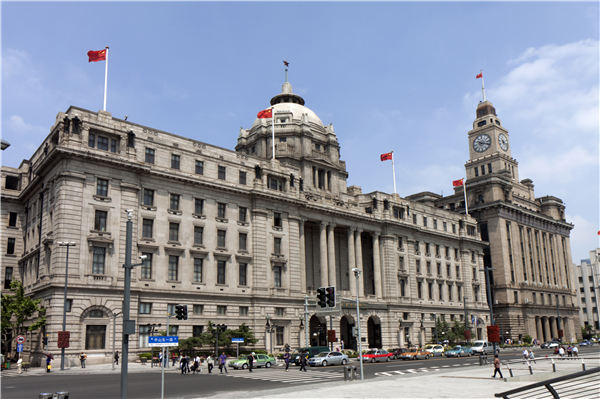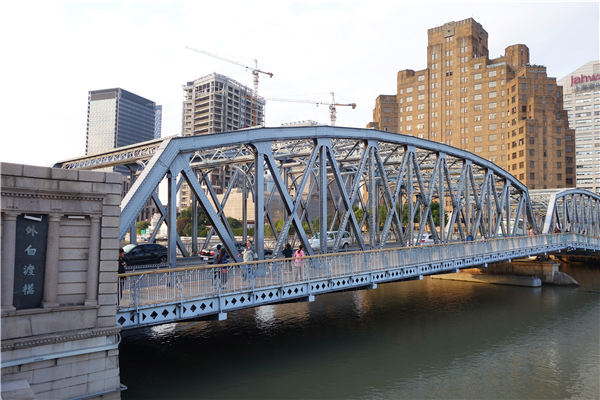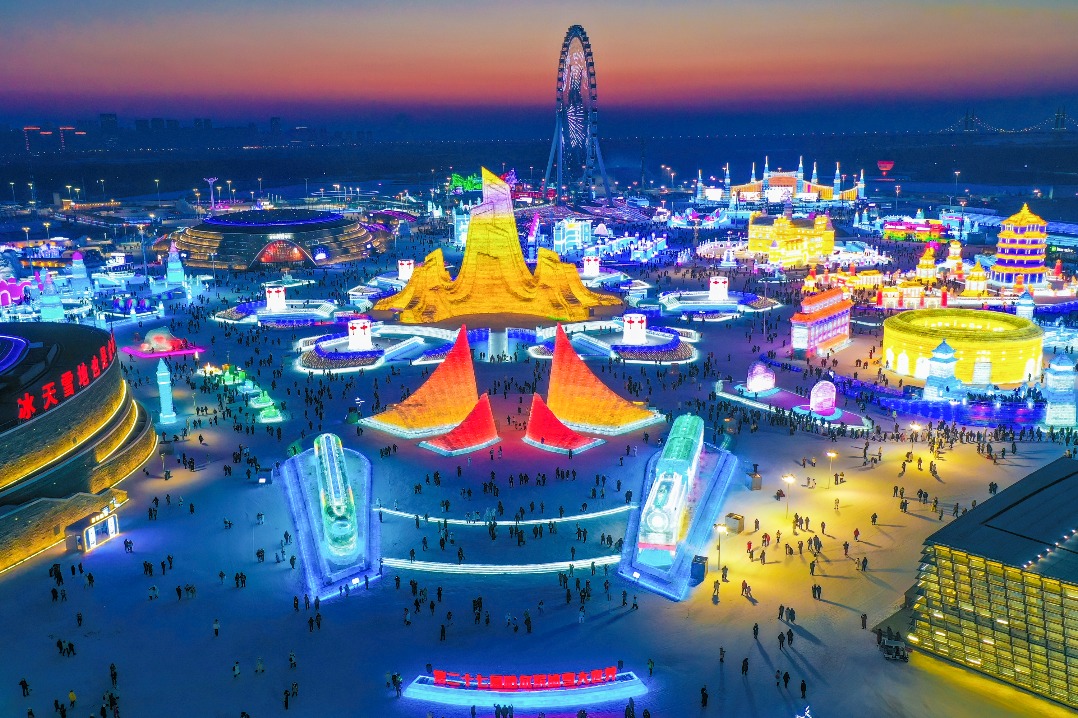Buildings offer glimpses of changes
By Zhang Kun | China Daily | Updated: 2019-03-15 07:25

HSBC Building
This six-floor neoclassical building was constructed in the early 1920s as the headquarters of the Shanghai branch of the Hong Kong and Shanghai Banking Corp (1923-1955).
The two bronze lion statues that sit in front of the building were created by British artist Henry Poole. The one that is depicted roaring was named Stephen while the other quiescent one was named Stitt after the bank's managers in Shanghai at the time of the construction.
The original sculptures later became part of the collection of Shanghai Historical Museum and are now on display at 325 Nanjing Road West. The current sculptures seen at the building, which is now home to the Shanghai Pudong Development Bank, are replicas made in 1997.

Waibaidu Bridge
This steel bridge at the mouth of the Suzhou Creek connects Huangpu district with Hongkou district. Built in 1907, the bridge is still a popular attraction and landmark of the city, appearing frequently in movies, TV series and reality shows.
When Shanghai became an open port following the signing of the Treaty of Nanjing in 1842, bridges became necessary to manage the growing volume of transportation at the confluence of the Suzhou Creek and the Huangpu River. Several bridges were built and demolished before the Shanghai Municipal Council decided in 1906 to build a new steel structure that would become the first steel truss bridge in China. Measuring 104.4 meters in length and 17 meters in width, the Waibaidu Bridge is the largest steel bridge in Shanghai.
























